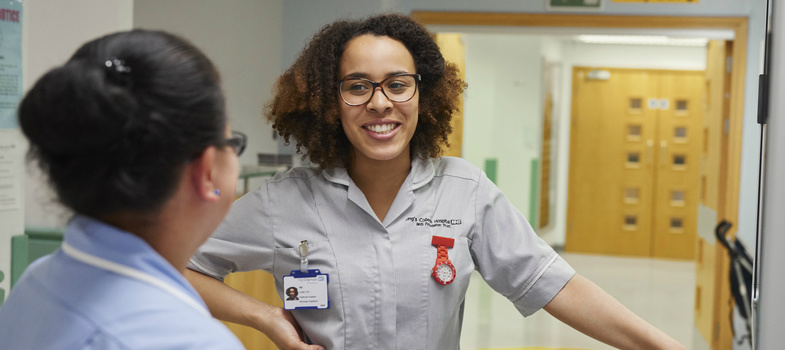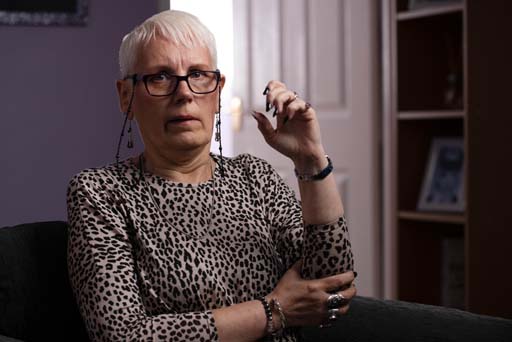1.8 How is Parkinson’s diagnosed?
Confirming that someone has Parkinson’s can take time – sometimes years. This is because, as we saw earlier in this course, there are other conditions, such as multiple system atrophy (MSA), with similar symptoms. There is also no definitive test for diagnosing Parkinson’s.
The National Institute for Health and Care Excellence (NICE) Guideline for Parkinson’s disease in adults (NG71) is the recommendation of best practice for doctors in England, Wales and Northern Ireland.
Previously in Scotland, the Scottish Intercollegiate Guidelines Network (SIGN) Parkinson’s guidelines applied. However, these are now out of date and have been archived, so no longer apply.
The NICE guideline recommends that if a GP suspects that a patient has Parkinson’s, they should be referred to a specialist in movement disorders quickly and untreated. This can be a neurologist or elderly care physician.
To confirm a diagnosis, the consultant will carry out a detailed neurological history and clinical examination. They will be looking for specific motor symptoms, such as:
- Resting tremor: About 70% of people with Parkinson’s will have a resting tremor. This is a tremor that occurs when the muscle is relaxed. Tremor will usually begin on one side of the body and then progress to both sides as the condition itself progresses.
- Slowness of movement (bradykinesia): People with Parkinson’s may find that starting a movement and performing everyday tasks can be difficult. The size of movement is often reduced and the coordination or sequencing of movements also becomes more difficult.
- Rigidity: This is when muscles become stiff or inflexible, and it can make it difficult to do everyday things and can be very painful. Some people have problems turning around, getting out of a chair or making fine finger movements, such as fastening buttons or touch-typing. Some people may not be able to swing their arms very well. Others find that their posture becomes stooped or their face becomes stiff, so it’s harder to make facial expressions.
We will look at these key motor symptoms in more detail in Section 2 [Tip: hold Ctrl and click a link to open it in a new tab. (Hide tip)] .
To make a diagnosis, a specialist will usually follow the criteria developed by the Parkinson’s UK Brain Bank. A diagnosis of Parkinson’s is given when any two of the three classic symptoms of Parkinson’s are present. These are tremor, slowness of movement and rigidity. Ideally people should be seen by the specialist or Parkinson’s nurse every 6–12 months after they have been diagnosed. This makes sure a person’s condition can be monitored and their medication regime can be reviewed.
Because the symptoms of idiopathic Parkinson’s may be similar to other forms of parkinsonism, people can sometimes be misdiagnosed. This is another reason why it is important that a person’s condition is reviewed regularly by a specialist.
Find out more about how Parkinson's is diagnosed on our website, where you can also download an information sheet.
Further information and links to the NICE guideline can be found on the Parkinson’s UK website.
For more about Neurological Health Services Clinical Standards by visiting the Healthcare Improvement Scotland website.
Use your reflection log to write down in about 150–200 words how what you are learning relates to people you are caring for or have cared for.
1.7 How old are people when they get Parkinson’s?

